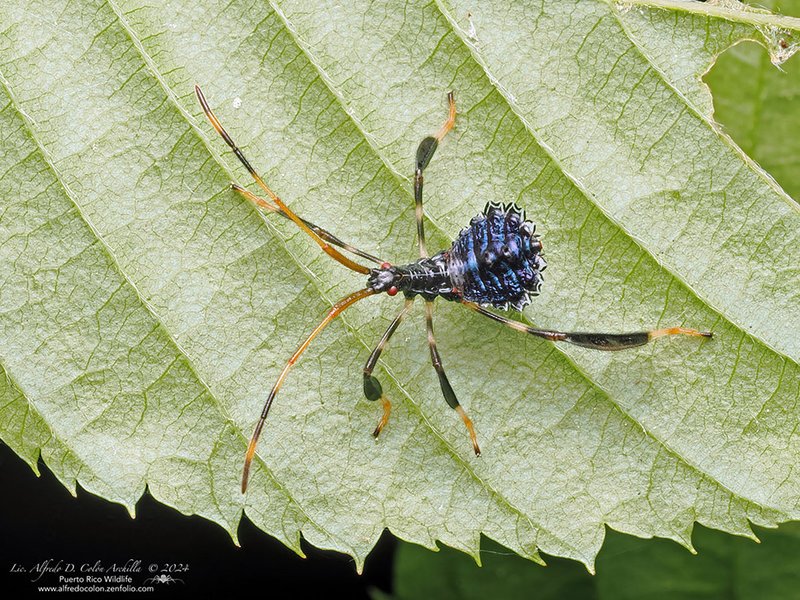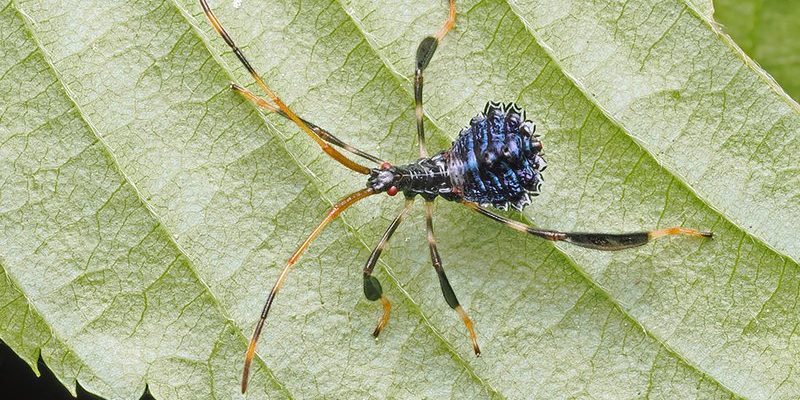
To put it simply, monitoring Acanthocephala activity is all about understanding how these tiny, spiny creatures interact with their environment throughout the year. Imagine them as little travelers, adapting their lifestyles as they trek through the changing weather and habitat conditions. These observations can reveal important insights about their life cycles and their impact on host species. So, let’s dive deeper into the world of Acanthocephala and see what it takes to monitor their activity across the seasons.
What Are Acanthocephala?
Acanthocephala, commonly known as spiny-headed worms, belong to a unique group of parasites. They feature an impressive, spiny proboscis that they use to latch onto their hosts. In many cases, these hosts are birds or mammals, which serve as the primary environments for these creatures to thrive. The fascinating part? Acanthocephala can’t survive independently; they need a host to complete their life cycle.
There are over 1,000 known species of Acanthocephala. They inhabit various environments, from freshwater lakes to the intestines of their hosts. Each species has its specific host preferences, making their activity patterns vital for understanding ecological relationships and health. Monitoring these creatures offers us a window into their world, revealing how they react to seasonal changes.
The Life Cycle of Acanthocephala
Understanding the life cycle of Acanthocephala is essential for effective monitoring. They typically go through several stages: eggs, larvae, and adult worms. The journey begins when the eggs are shed into the environment through the feces of an infected host. These eggs can survive outside for long periods, waiting for a suitable intermediate host—usually a small invertebrate—to ingest them.
Once inside the intermediate host, the eggs hatch into larvae. From there, they undergo transformation before being consumed by their definitive hosts, like birds or mammals. Once ingested, they mature into adults, attaching to the intestinal wall with their spiny proboscis. They can live for several years, constantly shedding eggs and continuing the cycle. Monitoring Acanthocephala across seasons helps scientists track these life stages and identify patterns in their populations.
Seasonal Variations in Acanthocephala Activity
You might be wondering how Acanthocephala activity changes with the seasons. Well, just like many other living creatures, their behavior and survival strategies can vary greatly. For instance, during warmer months, these parasites tend to be more active. Warmer temperatures can enhance reproduction rates and increase the activity of their intermediate hosts.
In contrast, colder months may slow down their life cycle, resulting in lower activity levels. Monitoring these changes is crucial for understanding the ecology of Acanthocephala. Researchers often track factors like temperature, humidity, and host availability when assessing their seasonal variations. This data offers a deeper insight into how environmental conditions shape their lifecycle and distribution.
Challenges in Monitoring Acanthocephala
Monitoring Acanthocephala can present several challenges. For starters, their small size and hidden lifestyle make them difficult to observe directly. Researchers often rely on indirect methods, like sampling water or feces for eggs, but this can be labor-intensive and requires precise techniques.
Additionally, environmental factors like pollution, climate change, and habitat destruction can complicate monitoring efforts. These changes can affect both the Acanthocephala themselves and their hosts, making it crucial for scientists to develop adaptable monitoring strategies. Staying informed about these challenges allows researchers to create effective plans for studying Acanthocephala and their impacts on ecosystems.
Effective Monitoring Techniques
To successfully monitor Acanthocephala activity, researchers use various techniques. Field sampling is one of the most common methods. This process involves collecting samples from potential host environments, like lakes or rivers, and analyzing them for the presence of eggs or larvae.
Another effective method is molecular analysis. Using techniques like PCR (polymerase chain reaction), scientists can identify specific DNA sequences associated with Acanthocephala. This enhances accuracy and provides insights into their genetic diversity.
Finally, ecological modeling plays a significant role as well. By collecting data on environmental variables, researchers can create predictive models to forecast Acanthocephala populations across seasons. These models help illustrate how changes in climate or habitat influence their activity.
Importance of Monitoring Acanthocephala
So, why is monitoring Acanthocephala important? For one, these parasites can significantly impact their hosts, affecting their health and survival rates. By tracking their activity, researchers can assess the ecological balance within ecosystems.
Moreover, Acanthocephala can serve as indicators of environmental changes. Given their sensitivity to changes in climate and habitat, fluctuations in their populations could signal broader shifts in ecosystem health. This information is not just academic; it can guide conservation efforts and inform management practices.
Future Directions in Acanthocephala Research
As we move forward, Acanthocephala research continues to evolve. New technologies, like advanced genomic tools and environmental DNA (eDNA) analysis, could enhance monitoring efficiency and accuracy. These methods are becoming increasingly accessible, potentially allowing for real-time tracking of Acanthocephala populations.
Additionally, there’s a growing interest in understanding the role of Acanthocephala in host ecosystems. Researchers are exploring how these parasites influence the health and behavior of their hosts. By combining ecological and molecular approaches, we can better understand these complex relationships and their impacts on biodiversity.
In conclusion, monitoring Acanthocephala activity across the seasons is a vital scientific pursuit that sheds light on these fascinating parasites and their environments. By understanding their life cycles, seasonal behaviors, and potential impacts, we can better appreciate the intricate tapestry of life that surrounds us. So, next time you think about the changing seasons, remember the tiny spiny-headed worms that play their unique roles in the grand scheme of nature.

